Gulls can be gorgeous. Gulls can also be not very gorgeous at all. In summer, when feathers are worn and younger birds are molting into their next plumage, gulls can be downright ugly. They can also, because of their odd appearance, be difficult to identify. On a recent family trip to Jones Beach, on New York’s Long Island, I had the opportunity to observe a small flock of gulls bathing, resting, and preening in some shallow brackish water that had collected behind the beach. I was not only intrigued by their appearance but also astounded by the diversity that they showed, even within species. The experience served to remind me why some people devolve into Larophiles but, don’t fear, I have not sunk to that low and disturbing condition myself (at least not yet).
Here, for example, are two birds in flight, both nearing their adult plumage, but both in that awkward phase that makes ugly ducklings look positively beautiful.
Ugly, right? But also interesting in terms of what they can teach the careful observer about molt and aging. Fortunately for you I am not a careful observer so you won’t be bored to tears in this blog post, at least not because of a detailed description of molt in gulls. But if you want to discuss molt in the comments feel free. (Sicko!)
The next picture is neat because there are two species in it and 99% of the folks who were at the beach would not have known that. Which one of these birds is not like the others?
Finally, I will share a bird that is so ugly that it cycled through ugly and came back to pretty. Seriously. What do you make of this one?
I need to go find some sparrows or some other species that are really easy to deal with…


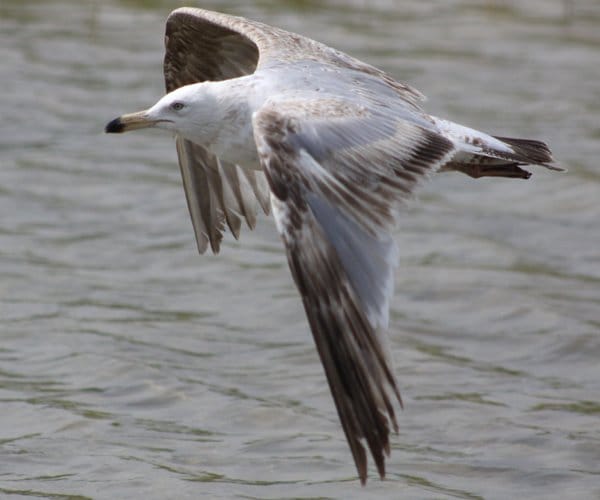
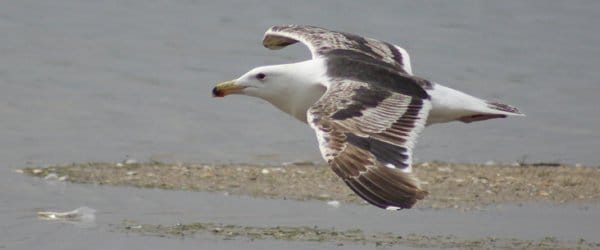
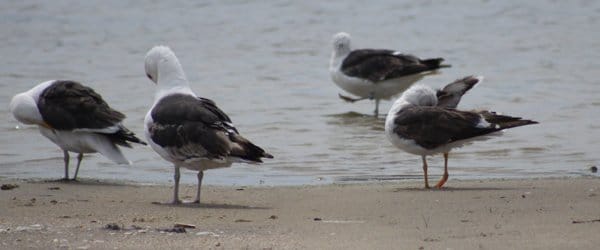
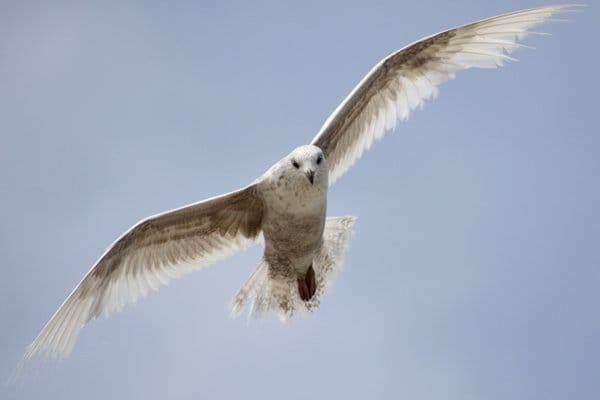
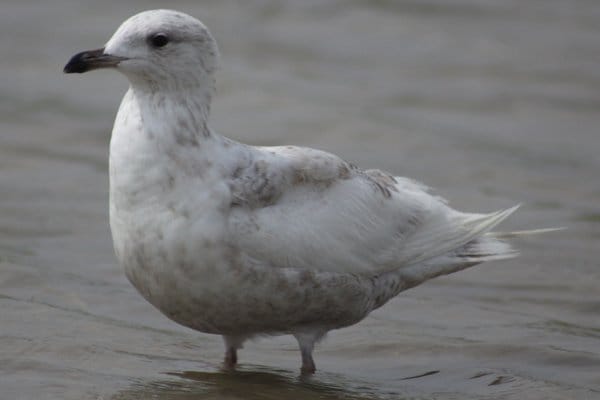







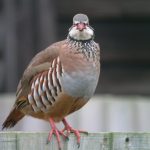
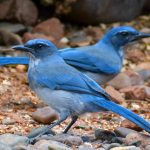
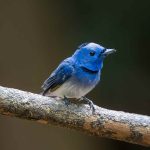

Corey, I am inspired to take a leaf out of your book. By not committing to a species, you make your readers do all the hard work for themselves.
This is going to save me a lot of time and heartache.
I guess the last gull should serve as a warning not to make assumptions about a gull that lacks black wing-tips.
Nice Lesser Black-backed Gull.
Odd legs equals odd bird! Always check the legs-especially when bills are hidden!
Moult here is stressful after August 1st as it is a new year in a birds life. If you want to see ratty feathers you need to see the moult on shorebirds when they first return from migration-they are seriously ratty!!! 🙂
We agree-don’t commit to a species-enjoy all of them equally!
The last gull is an Iceland Gull. LBBG would never show no such white flight feathers. While the tips of the primaries are worn away, the bases of the primaries would be dark in LBBG and the tertials (which are not so worn in this bird) would be darker than the wing coverts. Other differences too. Also the bird looks round-headed and small-billed. The base of the bill is becoming pale, likely indicating the bird coming into its second year.
@Seth: I think John was referring to the bird in the third picture as the LBBG.
Two of my favorite gulls in any season, Lesser Black Backed and Iceland.
Wow. That bill is Lilliputian. A strong Iceland candidate I think. Not that Ive seen one (how embarrassing).